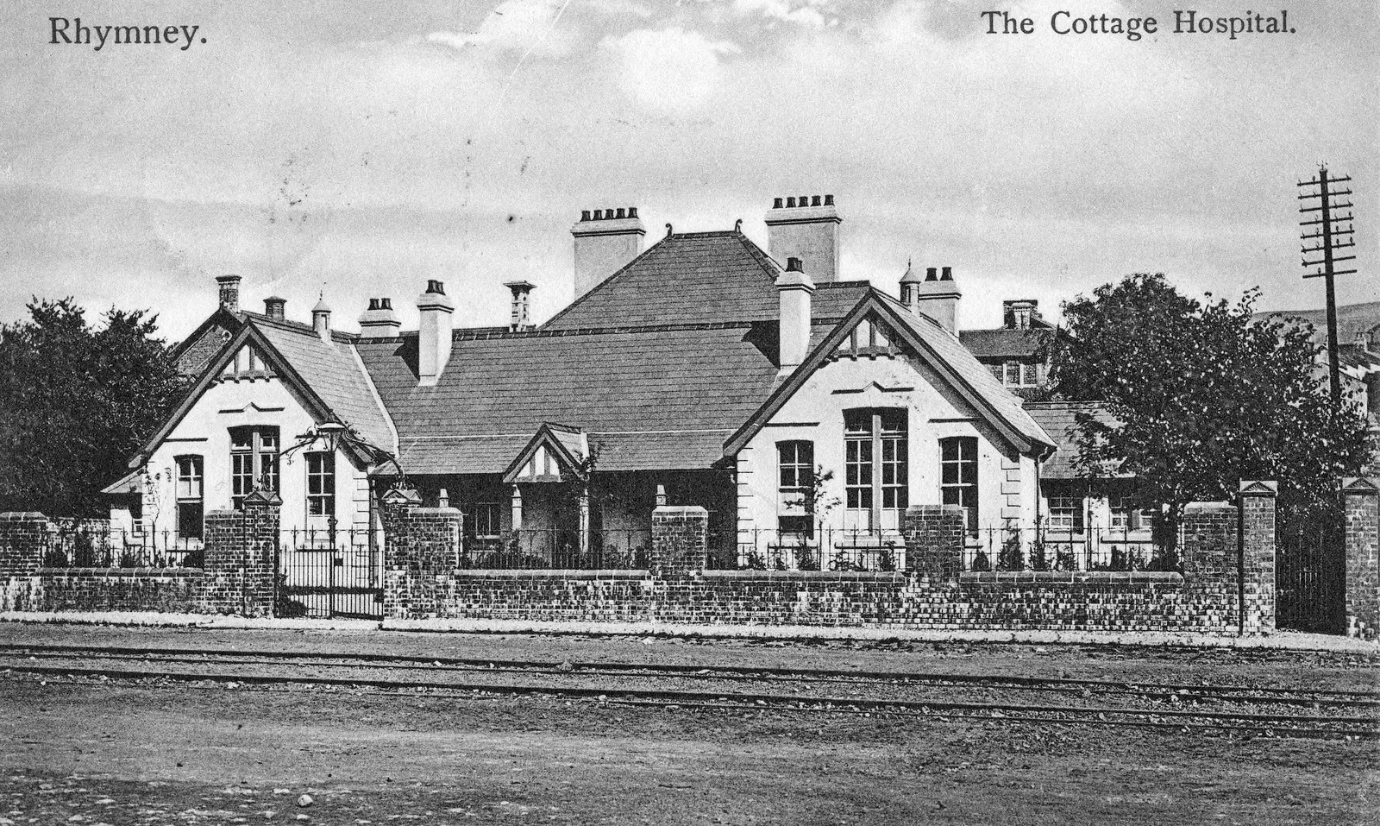Rhymney and its legacy in modern medicine


Rhymney can rightfully claim a wonderful heritage in shaping medical practice in Wales and beyond.
Nearby Tredegar is famous as the birthplace of Aneurin Bevan, the minister responsible for establishing the National Health Service in Britain in 1948. His views and actions were crucially influenced by his experience and knowledge of the Tredegar Workmen's Medical Aid Society, which had provided free healthcare to local workers and their families. But Tredegar was not alone in having such a society.
The Rhymney Workmen's Medical Aid Fund similarly provided healthcare. The Fund commissioned the Rhymney Workers Cottage Hospital, which opened in 1904, largely due to the £3000 given by local workers – a sum worth over £300,000 today. Other community activities such as concerts, Eisteddfodau and sports days supported the hospital’s opening, and along with the workers’ contributions, the community helped to maintain the hospital through some difficult years, particularly in the 1920s.
The hospital, opened by chairman of the Rhymney Iron Company, Sir Heny Tyler with a ‘golden key’, was praised in the Western Mail as an example for other industrial towns in Wales to follow. Built by W Williams and Sons of New Tredegar, it contained three wards, one a female ward, plus an operating room.
Dr Thomas Hall Redwood was awarded the task of overseeing the hospital. He had taken over the role of Ironworks’ surgeon from his father, Dr Lewis Redwood, brother of Theophilus Redwood, one of most famous pharmacists ever.
The Redwood Building, home to the School of Pharmacy at Cardiff University is named in honour of Theophilus, his son Sir Thomas Boverton Redwood, a famous chemical engineer, as well as Rhymney’s ‘own’ Lewis and Thomas Hall Redwood.

In March 1905, following a controversial contest, Dr Robert Vachell de Acton Redwood, locally known as Dr Bob, was elected to take over his father’s role, which he continued until his death in January 1947. In total, the Redwood family had given nearly 120 years of medical service to the people of Rhymney. Suitably, on November 8th, 1947, the hospital was renamed as the Redwood Memorial Hospital in honour of Dr Bob and the Redwood family.
The hospital closed in 2013, and was later demolished, to be replaced by the Rhymney Integrated Health and Social Care Centre, which has 11 in-patient beds at its Redwood Suite, overseen by GPs and the Community Resource Team. The Redwood Hospital's history is a testament to the importance of local healthcare institutions in supporting and improving the wellbeing of their communities.

Dr Bob also worked at the small isolation hospital for infectious diseases in the town set up in 1901 by Rhymney Urban District Council, close to where the new Health and Social Care Centre stands. Tuberculous was one of the diseases of patients admitted to the Isolation Hospital. Dr David Rocyn-Jones, born in Rhymney in 1872, son and grandson of the famous local bonesetters, became the Medical Officer of Health of Monmouthshire in 1907 and addressing TB was a main aim. He was one of the five founders of the Welsh National Memorial Association for the Eradication of Tuberculosis, formed to combat the then rampant disease. The Association played a key role in creating the National Health Service in Wales in 1948.
Like their father, David Rocyn-Jones’s sons, Nathan and Gwyn had major roles in medicine in Wales, whilst the family’s famous bonesetting tradition played part in establishing modern practice in the treatment of musculoskeletal injuries. US Baseball legend, Bonesetter Reese, brought up in Rhymney, and taught his skills by Rocyn-Jones’s grandfather, has been labelled the ‘Father of Modern Sports Medicine.’
With his father as the owner of the Union Ironworks at Rhymney in the early 19th century, Benjamin Hall also has connections with the town. He is most famous as probably the name behind ‘Big Ben’ bell in London, owing to his instrumental role in completion of the new Houses of Parliament. However, has arguably the first-ever Minister of Health in Britain. Following the 1855 Cholera epidemic, Hall succeeded in getting amendments to the Public Health Act to improve sanitary services and infrastructure which had major impacts on Public Health.
With all these local and national efforts of eminent people born in or associated with the town, Rhymney can justifiably claim a major role in the development of modern medical practice.